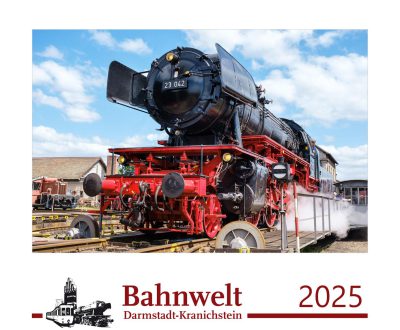Now the upper edges/heads of the historical inspection pits filled in during the demolition in 1970 are also exposed. Just like the newer part of the locomotive shed, the old building already had pits bricked in clinker with a length of approx. 15 m and access stairs to be able to carry out maintenance work on the locomotives from below. In the part to be rebuilt, it is not planned to maintain the pits in an accessible and usable condition for reasons of time and cost. However, from the point of view of monument preservation, it is necessary to document the design and location of the pits. For this purpose, they will be uncovered one after the other.
It turns out that the backfilling at the time was mainly done with building rubble. This is sieved out and disposed of.
Cleaning is followed by surveying and photo documentation. Then the pits are backfilled and compacted so that the new tracks to be laid in these areas rest on a stable subsoil.
In order to meet our high quality standards and achieve the best compaction performance, the work is carried out by our railway authority certified top compaction officer.
The exposed pits will be used to lay additional empty pipes between the rear and front areas of the locomotive shed.


